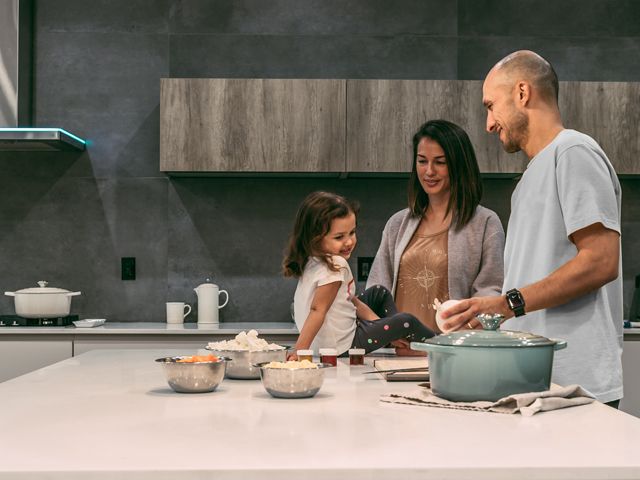
Facts vs Fiction: The real energy-saving tips and hacks
When it comes to energy saving tips, there are more than a few old wives tales in circulation.
Good Homes magazine separates fact from fiction by calling out energy use falsehoods…

Fiction
1. ‘Keeping a fan on will cool a room’
While fans are great for helping people feel cooler, it does not actually cool the air in the room. Fans are designed to move air around, not to cool air.
Therefore, if you leave a fan on in a room to try to cool it down – all you will be doing is circulating air around the room and wasting energy.
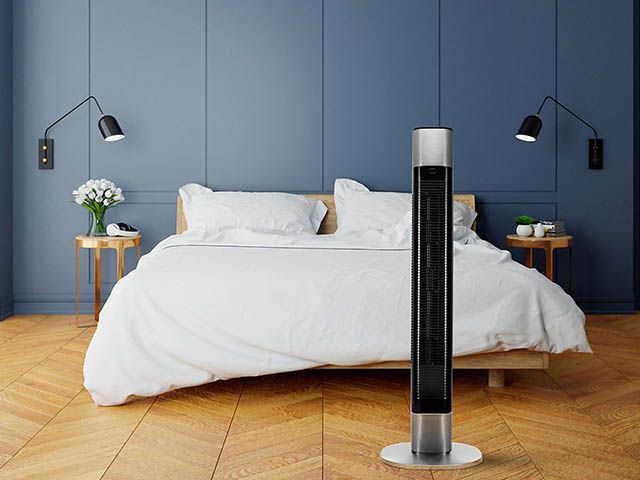
2. ‘Leaving the heating or hot water tank on uses less energy than turning it off and on when needed’
Many believe believe that the initial energy used to turn your heating or hot water tank on requires more than the energy used to keep it on.
This is not the case. Simply put, if your heating or the hot water tank is on, it will use more energy than if it were off.
The energy used to warm your home or water tank, after it has been off for a few hours, will ultimately be less than perpetually keeping it on.
3. ‘Putting fewer clothes in the washing machine saves energy’
Many people assume that if a washing machine has fewer clothes in it, it will require less energy to wash them.
However, weight and density of the clothes load inside the washing machine will not affect the output of energy used to wash them.
One full load of clothes in the washing machine or tumble dryer will always use less energy compared to two half loads.
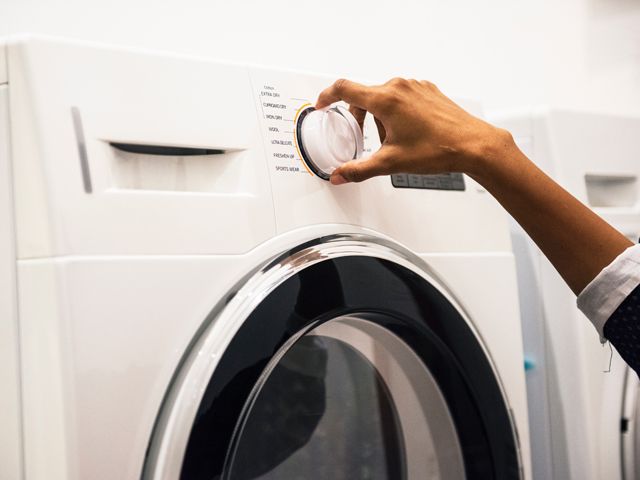
4. ‘Electric space heaters save money’
The concept of only heating one room with a space heater, rather than your entire home, might seem like a good energy hack at first.
However, space heaters can be a costly drain on energy. Electric heaters are one of the most energy-consuming forms of heating.
In fact, using two space heaters can drain as much energy as warming your entire house using radiators.
If you’re looking for an energy-saving tip to avoid heating the whole home, try simply switching off the radiators in rooms that are not being used.
Using space heaters in an insulated room for a short period of time can be economic, but otherwise, you’re better off using your radiators.
5. ‘Hand-washing dishes is better for the environment than using a dishwasher’
This will entirely depend on the type of dishwasher you have. However, most newer dishwashers use less energy and water than their older counterparts.
Ensure your dishwasher is fully loaded and that every dish is accessible by the jets, this will be much more efficient than washing dishes by hand and having to refill your sink with fresh hot water.
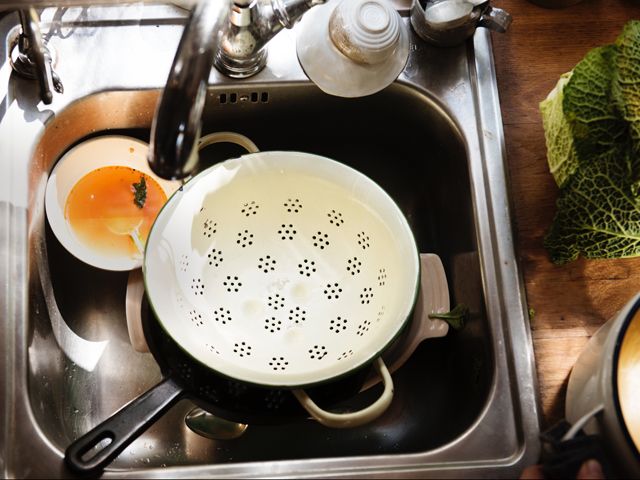
Facts
1. Vampire Energy
Though most modern appliances are designed with efficiency in mind, many electrical appliances use energy when they are plugged in but not being used.
The worst culprit? Phone chargers. Phone chargers can cost you up to £80 extra a year in vampire energy.
That’s energy that your charger has generated whilst it is plugged in but not charging your phone. Overall, that’s £6,480 over a lifetime.
To prevent vampire energy from draining your home and bank account dry, unplug all appliances and turn the power off at the wall when not using.
Alternatively, invest in smart plugs that can be turned on and off via your smartphone.
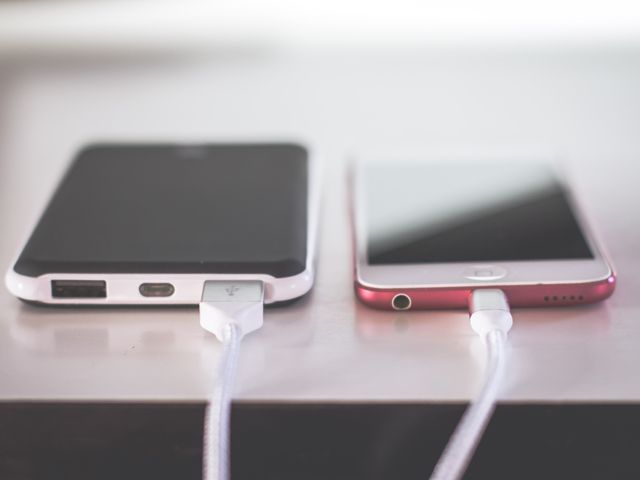
2. Energy-efficient appliances
We’re not suggesting throwing your washing machine out as an energy-saving tip. However, when it is time to replace your appliances, opt for products with high energy-efficiency ratings.
This will help you save energy and money on your bills.
For example, an A+++ fridge freezer can save you up to £190 in energy bills over its 10-year lifetime compared to an A+ model.
Similarly, an energy-efficient dishwasher will save you around £8 a year compared to its older counterpart.
3. Keep your fridge and freezer full
Keeping your fridge and freezer full is one of the most innovative energy-saving hacks out there. By ensuring that it’s fully stocked, it’ll be able to regulate its temperature more efficiently.
We’re not suggesting buying an unnecessary amount of food and drink to let it go to waste. Instead, fill the empty spaces in your fridge with bowls and jugs of water.
Similarly, more freezing cold air will escape your freezer if it isn’t full resulting in your freezer having to produce more cold air, which will take up more energy.
To prevent this, ensure that your freezer is full. You can do this by filling it with ice or even newspaper, so you don’t have to waste any food. When it’s packed, your freezer will use less energy to keep cold air in.
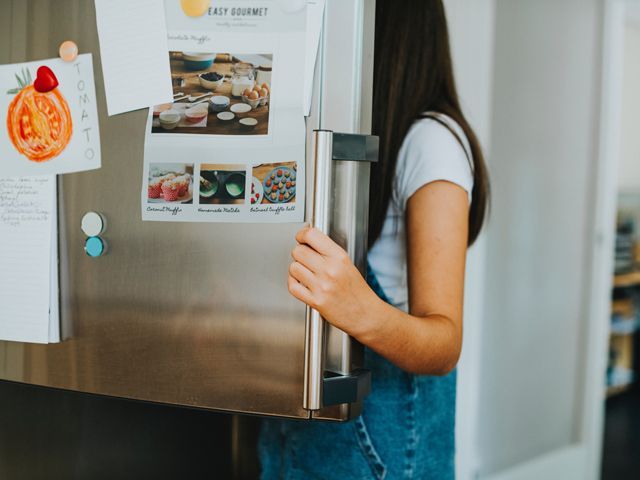
4. Put a towel in your dryer
Looking to save time, energy and money? This energy-saving tip is for you. The next time you need to dry a load of clothes, throw a dry towel in the tumble dryer.
The dry towel will help absorb excess damp and allow clothes to dry faster.
5. Plug your keyholes
Keyholes and other gaps around the home, such as letterboxes, can be collectively causing your home to lose unnecessary amounts of heat and energy.
We recommend lighting a candle to detect the most troublesome draughts in your home. You’ll be able to detect where most of the cold air is in your home when the candle’s flame flickers.
Keyhole and letterbox draught excluders could save you between £25-£50 a year. If you have a chimney, a chimney insulator could save you at least £64 a year too.
However, avoid blocking any vents, as you still need to ensure that your home is well-ventilated.
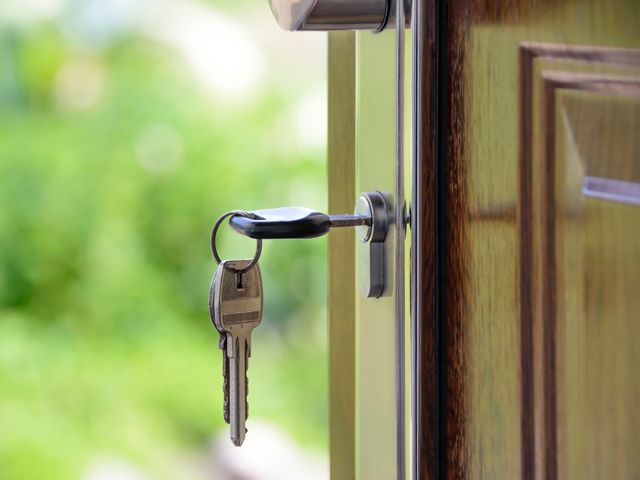
6. The position of your thermostat
Where your thermostat is fitted could be losing you more energy than you ever thought.
By positioning it directly above a heat source (such as a radiator) or by the door, your thermostat could be giving a false reading which will increase the amount of energy your home consumes.
For example, if your thermostat is next to your front door and the cold draught, your heating will be working harder than necessary to warm your home.
When installing or reinstalling your thermostat, make sure that it is in a convenient location – but nowhere near a heat source, areas that receive a lot of airflow, or external doors.
READ MORE ABOUT ENERGY SAVING
- How to save on your energy bills while working from home
- 7 garden hacks to help cut energy bills
- 4 energy saving tips for spring and summer months
Want even more tips?
Have you got any energy saving tips or tricks? Tweet us @goodhomesmag, post a comment on our Facebook page or share your advice on Instagram with the hashtag #thisgoodhome




